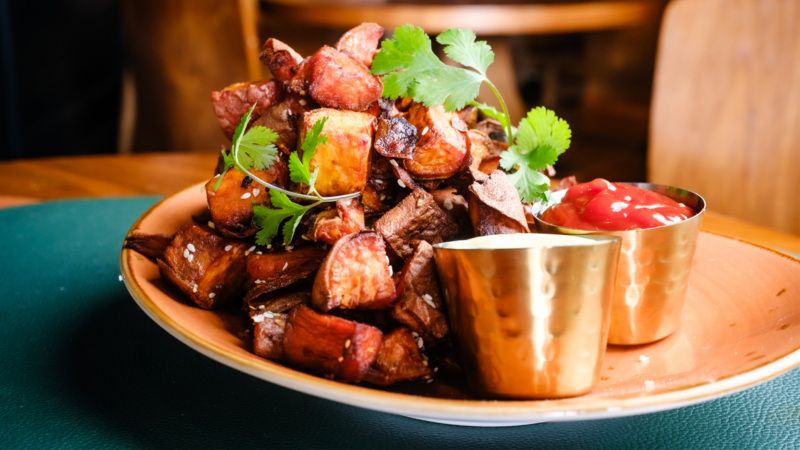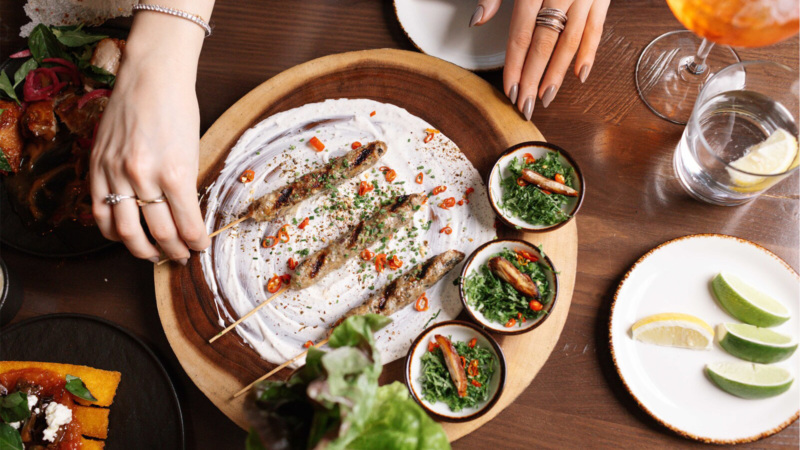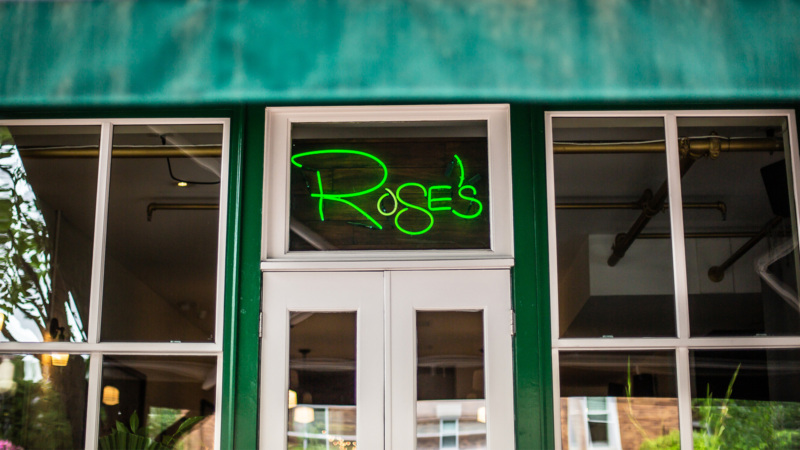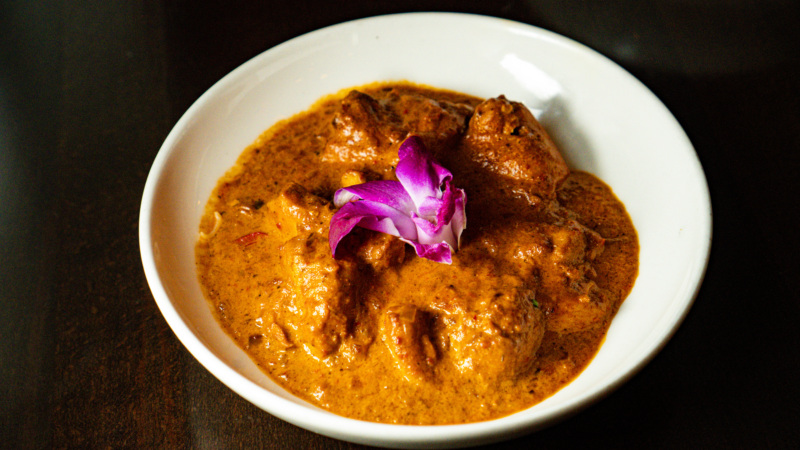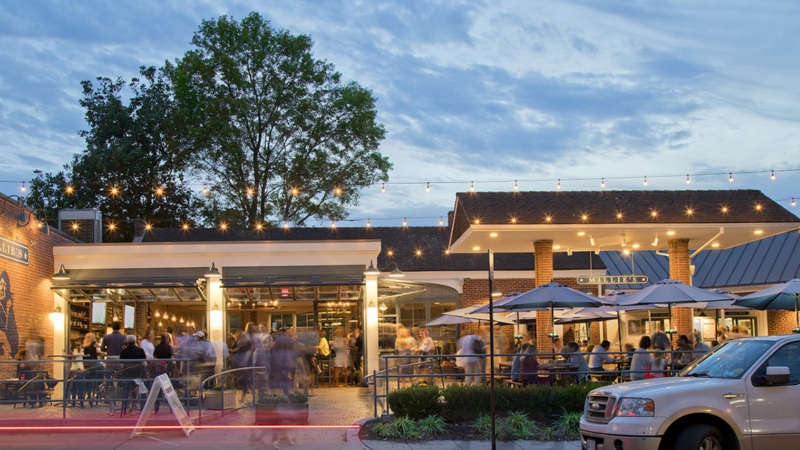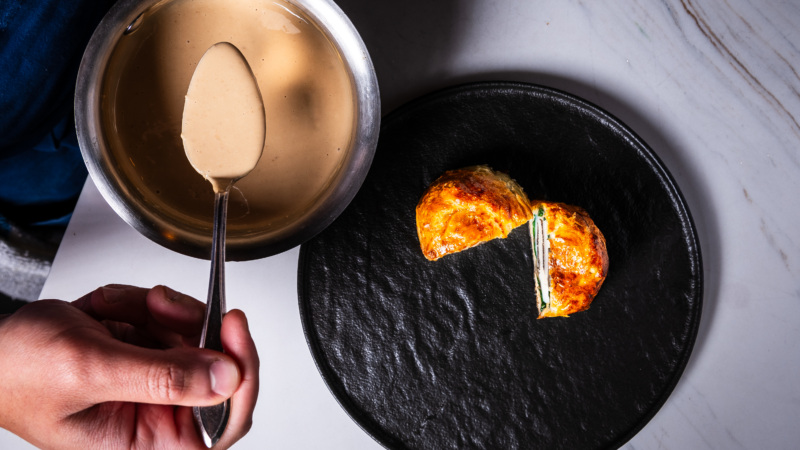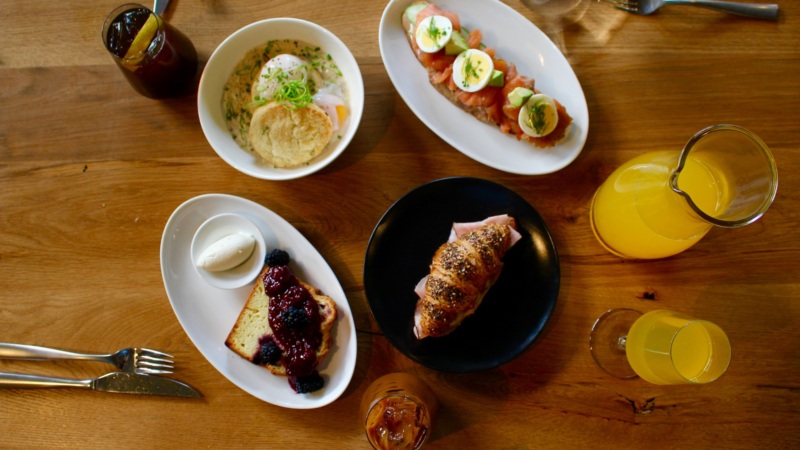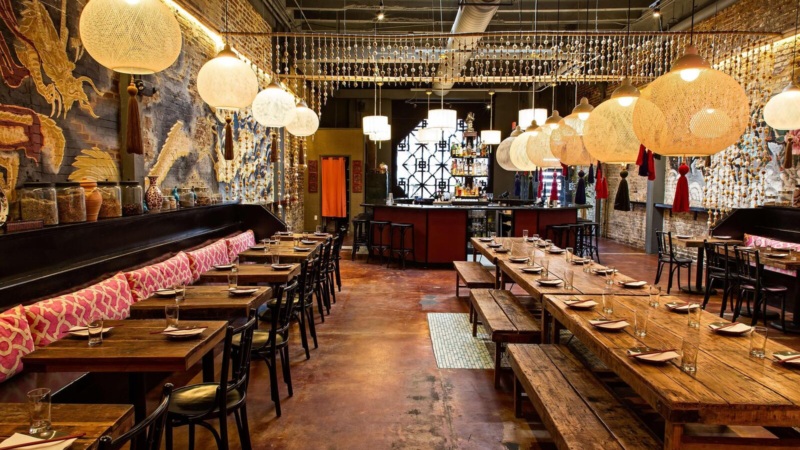
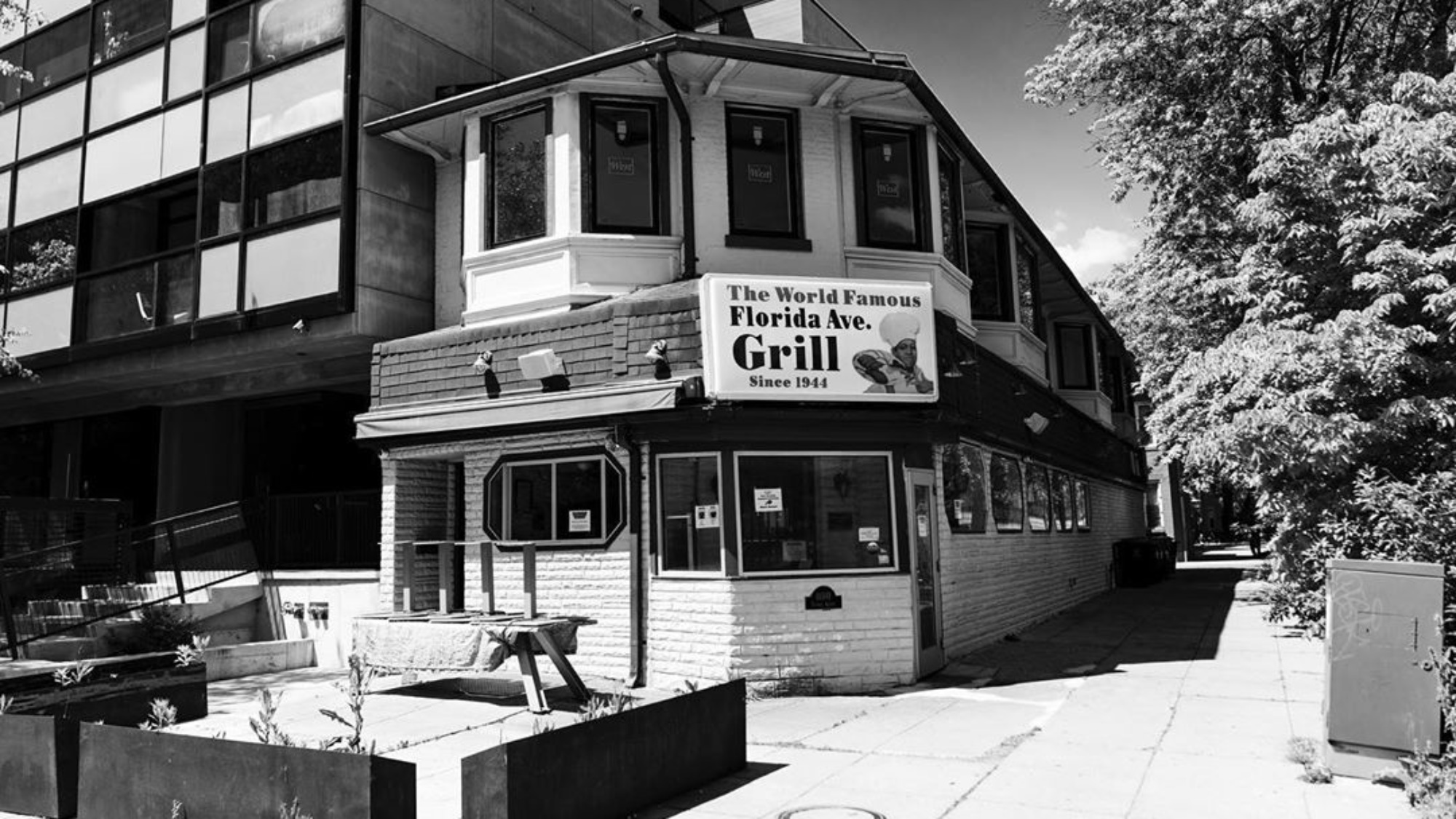
Soul Survivor: The Story of the World’s Oldest Soul Food Restaurant
Native and long-time Washington, D.C. residents link the words “Florida Avenue Grill” and “institution” much like they do with the “fish and grits” or “fried ham and eggs” items listed on the famous restaurant’s menu. The husband-and-wife team of Lacey “Carl” and Bertha Wilson opened this restaurant when Carl wanted to do more than shine shoes. In 1944, with an initial investment of $5,000, the Wilsons purchased a small food stand on the corner of Florida Avenue and 11 Street NW in the northwest section of Washington, D.C.
With Carl at the cash register and Bertha at the stove, the Wilsons made their mark serving customers, in addition to the items above, pancakes, salmon cakes, half-smoke sausages (a D.C. specialty), chitterlings (pig intestines), collard greens, peach cobbler, and pork spareribs. Many of these items would come to be known as “soul food” long before that became a mainstream term. The Grill has been in business ever since, making it the oldest, continuously operating soul food restaurant . . . in the world.
Such longevity in the restaurant world doesn’t come without challenges. In many press interviews, the Wilsons have frequently shared an anecdote about the Grill’s early days — a time they called the “two chickens at a time” period. The restaurant was so cash-strapped after fixing up the restaurant for business that the Wilsons would fry two chickens, sell them, and then use the money they made to buy two more. In time, the Grill thrived and expanded to the space previously occupied by a neighboring shoeshine stand and a beauty parlor.
By the late 1950s, the Grill physically looked the way it does today. Walking into the restaurant, one gets the feel of being in a long narrow “shotgun house” with a long formica counter with stools on the left side facing the open kitchen. The right side and table with chairs on the right side. The walls are covered with autographed copies of the various celebrities, musicians, and other notable people who have dined there over the decades. Though the Grill screams “diner” in so many ways, the people who ate there felt like they were in another place: home.
One reason is because of the food. The southern-based fare may seem out of place in the nation’s capital, but that’s only to outsiders. D.C. is an interesting mix of government workers, foreigners (recent immigrants and many connected to embassy work), politicos whose livelihoods ride on election cycles, and students attending one of the myriad colleges in the area. With all the people moving in and out of the city, D.C. possesses an exciting fluidity, and the Grill’s clientele mirrored the city’s diverse population.
Both residents with southern pedigrees and transplants from other parts of the South loved getting “a letter from home” or being reminded of their grandmother’s cooking when they ate at the Grill. Others just relished the opportunity to get some home cooking, or “comfort food.” In a 1984 syndicated newspaper column, legendary food writer Michael Stern wrote that he would request the Grill’s corn muffins for his last meal. Why? “They’re dense but moist — crisp on the outside and soft and steaming on the inside,” Stern observed.
D.C.’s modern feel is undercut by its persistent “southerness,” particularly in race relations. Carved out of two slaveholding states, Maryland and Virginia, D.C. was a thriving slave city in the antebellum era. Enslaved people were sold from pens that dotted the city. Slave coffles were frequent on the nascent city’s streets at the turn of the 19th century. Much of the District’s iconic structures were built by enslaved people. Even before the Civil War, and well after, D.C. was a mecca for African Americans before Harlem captured the Black public’s imagination. Yet, D.C. was segregated at the time the Grill was opened, and the city remained so for decades until recent waves of gentrification hit traditional Black neighborhoods. As one longtime customer named James Hawkins once said, “This place was us. It was the place we had to go when we couldn’t go anywhere else.”
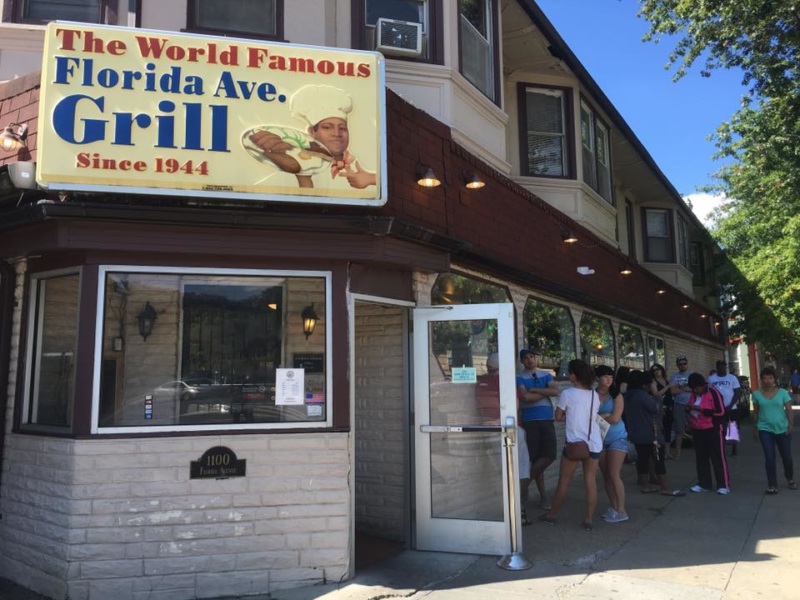

The Grill has bucked against the city’s sad racial history. The restaurant had white patrons from its earliest days, even when food writers cautioned their mainstream readers from going to that part of town. Whites have so supported the Grill that, in 1986, one of the Grill’s longtime African American customers had given up eating there on Saturdays because “[I]t’s so full of white folks.”
The Grill has also made its mark in popular culture as well. Most famously in “D.C. Cab,” a forgettable 1983 film that has a scene where 1980s icon Mr. T stops in for a bite. It was a fitting nod to the restaurant’s early days when African American cab drivers were its lifeblood. When their fares craved a good meal, they brought them to the Grill. Many ate there themselves when off-duty. So much so that the Grill was nicknamed the Cab Drivers’ Inn. Veneta Masson, a D.C.-based nurse, essayist and poet, titled her 1999 book of poems “In Rehab at Florida Avenue Grill.” Notably, the pot that was used for decades to prepare the Grill’s regarded collard greens is currently on display in the food exhibit at the momentous and wildly popular Smithsonian’s National Museum of African American History and Culture.
The Grill is heavily steeped in the past, but it has pivoted with the hope of an enduring future. After six decades of being run by someone with the last name “Wilson,” the Grill was sold to Imar Hutchins in 2005. Hutchins is a Yale-educated renaissance man: an activist, cookbook author, lawyer, real estate developer, artist, and . . . a vegetarian. “The truth is stranger than fiction, man,” Hutchins told a newspaper reporter of his restaurant acquisition.
Veterans of D.C.’s dining scene may remember the vegetarian and raw food restaurants that Hutchins ran in the 1990s. That experience led him to pen a 1996 cookbook “Delights of the Garden.” So, what would a self-respecting vegetarian want to do with a restaurant that would probably squeal if it could, given all the pork that’s been cooked in its kitchen? It was really the real estate part of his personality that drew him to the Grill. He wanted to develop condominiums in the building surrounding the Grill, which was also owned by the Wilsons. Thus, a “package deal” was brokered that included the residences and the restaurant. In a tribute to the Grill’s founder, the finished condominium building is called “The Lacey.”
Recognizing the Grill’s historic legacy, Hutchins kept the restaurant in operation, and hasn’t done too much to affect the restaurant’s vibe. It still serves soul food classics, though some vegan items, like a plant-based sausage, have made their way on the menu. Hutchins also incorporated some food justice elements into the business. For the past few years, the restaurant hosts designated days to give free meals to people living on society’s margins. Employees are paid more than the city’s minimum wage, and they get paid vacation and sick leave.
Can the Grill last another 75 years? Like many restaurants, the Grill faces some serious headwinds due to gentrification from the surrounding neighborhood and the economic devastation caused by the COVID-19 pandemic. With the former, a possible concern is that this generation of white people who live by the Grill are far less interested in home cooking. Perhaps they would flock to the restaurant if Hutchins put more vegan and vegetarian items on the menu. Yet, the drop-off in business that usually hits Black businesses in gentrifying neighborhoods hasn’t really affected the Grill. Neither have the adjustments that resulted from the pandemic.
“You know, I used to wonder if the Grill would ever make it to its 75th anniversary, but we’re past that, and we’re still here.” Eleanor Holmes Norton, the District’s longtime delegate to the U.S. Congress, made these remarks in reference to the Grill’s 70th anniversary in 2014. “The Florida Avenue Grill, with its southern-style cooking, has always been a perfect fit for D.C. The Florida Avenue Grill was there for us when migrants poured in from the south and found white-only public accommodations. That the grill has stood strong through the King assassination, riots, and economic hardships is a testament to the dedication of the owners and employees, who worked hard to keep the Florida Avenue Grill alive and made it thrive.” Perhaps these same words portend the Grill’s future.
Florida Avenue Grill: 1100 Florida Ave. NW, Washington, DC. www.floridaavenuegrill.com
Adrian Miller is a James Beard Award-winning author who has written on a number of topics, including African American presidential chefs, barbecue, and soul food. Adrian lives in Denver, Colorado.
Sources:
- Dreyfuss, Joel, “Florida Avenue Grill: ‘Waiting on the Counter Culture: Counter Culture at the Grill,” Washington Post, Aug. 26, 1975, B1-B2.
- Lipman, Larry, “Holiday Special at Grill,” The Palm Beach Post (West Palm Beach, Florida) · Sun, Jan 19, 1986 · Page F5.
- Kaplan, Sarah, “Florida Avenue Grill celebrates 70 years as a soul food favorite, now with vegan,” The Washington Post, Oct 4, 2014.
- Nathan, Joan, “An American Folklife Cookbook.”
- “Norton to Attend 70th Anniversary Dinner and Celebration at Florida Avenue Grill, a D.C. Institution,” Targeted News Service; Washington, D.C., Oct 3, 2014.
- Streitfeld, David, “Authors becoming culinary spokesmen for America’s eating Silent Majority,” The Santa Fe New Mexican, Oct 17, 1984, Page 21
- Valencia, Mohammed, “Florida Ave. Grill at 60,” Afro – American Red Star, Oct 2, 2004, A1.

